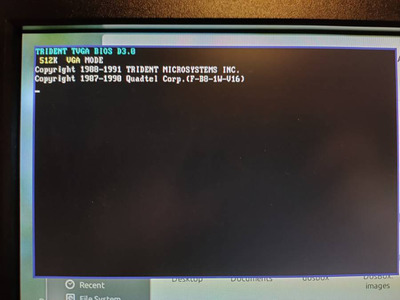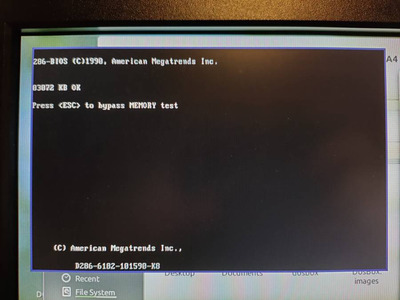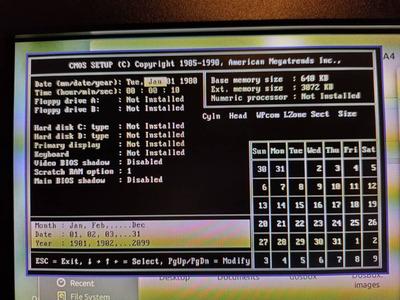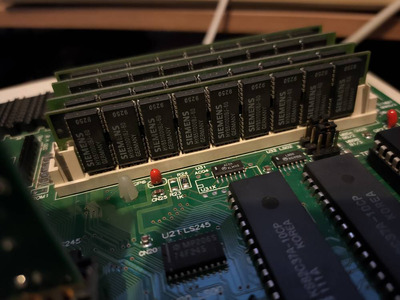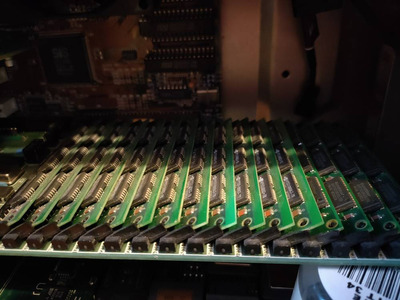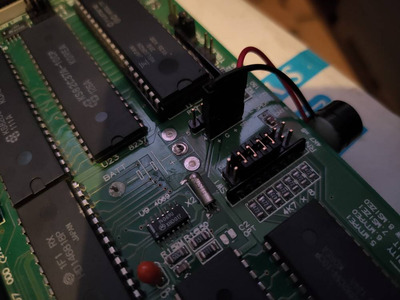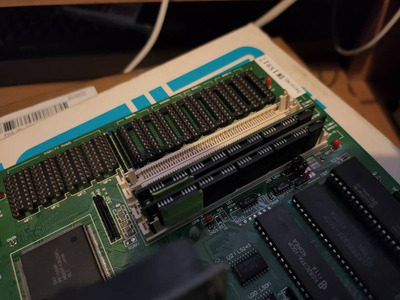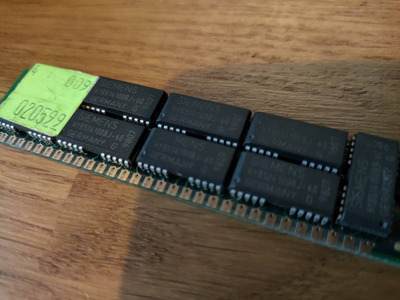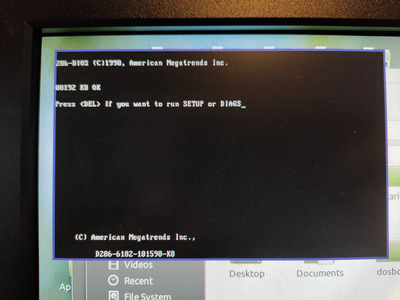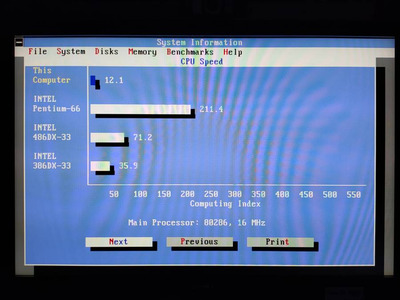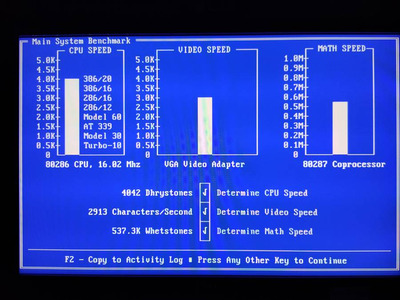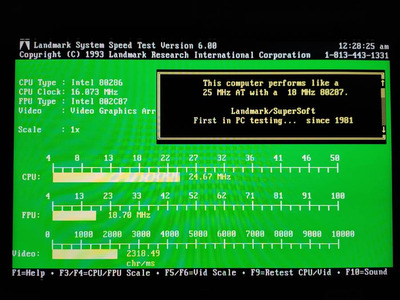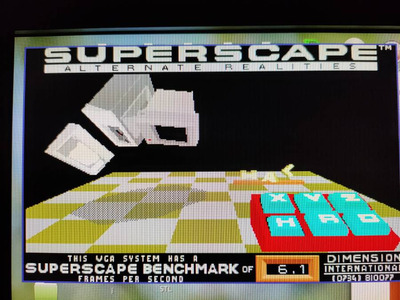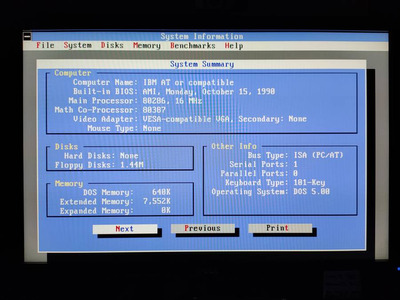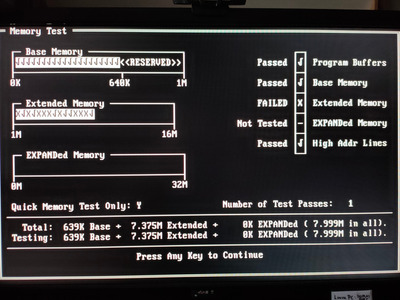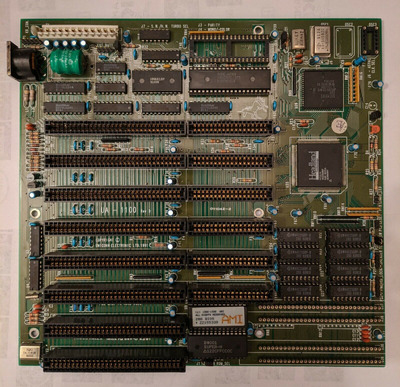Reply 20 of 180, by megatron-uk
.... and now it works!
What was it you ask? DRAM configuration? Dodgy video card?
Nope.
Turbo button.
This board and the Peaktron PA286-SMT have a configuration jumper for turbo operation. By default the board came with this set to one of the two keyboard shortcut controls. I unjumpered it (reverting it to 'standard' front-panel button operation) and it powered straight on.
I am wondering if using a modern PS/2 keyboard (native, not USB->PS/2) and a PS/2 to DIN connector somehow messes up the turbo control?
I also found a close up image from that Czech site showing the board with 4 SIMM modules installed.. I matched the jumper settings and installed my 4x 1MB modules and it also works fine - detected and counted as normal. I am still persevering to get the 4x 4MB modules working, though it's proving tricky as the same board settings as the Peaktron don't work. I suppose it could be that board had a different BIOS.
My collection database and technical wiki:
https://www.target-earth.net
